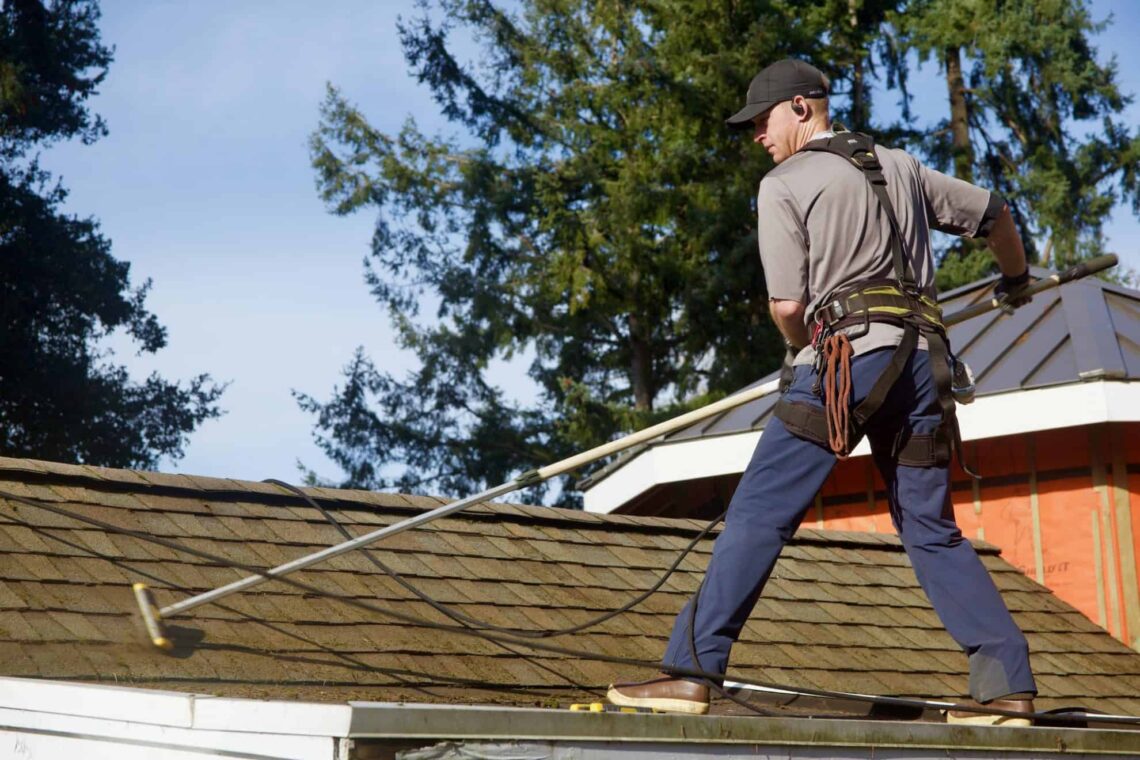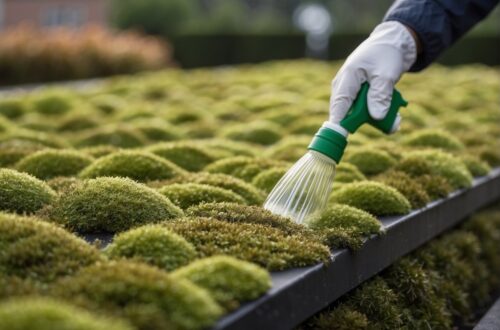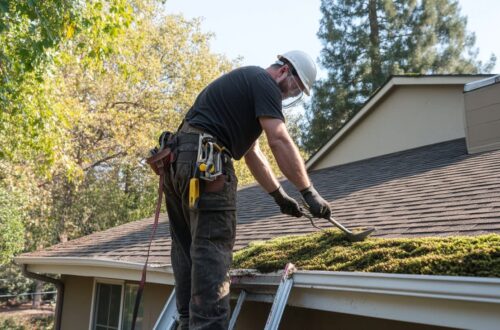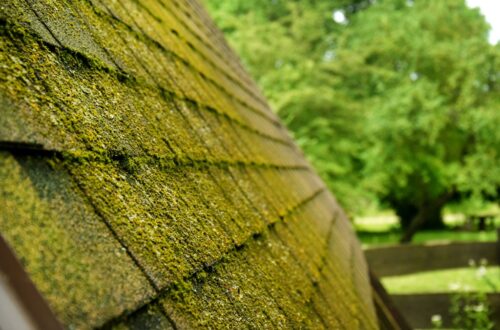Maintaining a clean and well-kept roof is essential for the longevity of your home. Over time, roofs accumulate dirt, debris, algae, and moss, which can lead to damage if left untreated. Homeowners often come across two terms—roof moss removal and roof cleaning—when searching for solutions. While these terms may seem similar, they refer to distinct processes with different objectives. Understanding the differences between the two can help homeowners make informed decisions about roof maintenance and preservation.
Understanding Roof Moss Removal
R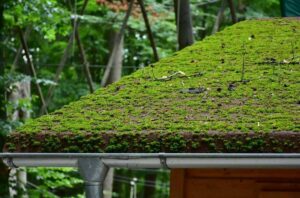 oof moss removal is a specialized process aimed at eliminating moss growth from the roof surface. Moss thrives in damp, shaded areas, making rooftops a prime location for its development, especially in regions with high humidity and frequent rainfall. Unlike algae or dirt, moss has a root-like structure that embeds into roofing materials, particularly asphalt shingles. If not addressed, moss can cause significant damage by lifting shingles, trapping moisture, and accelerating deterioration.
oof moss removal is a specialized process aimed at eliminating moss growth from the roof surface. Moss thrives in damp, shaded areas, making rooftops a prime location for its development, especially in regions with high humidity and frequent rainfall. Unlike algae or dirt, moss has a root-like structure that embeds into roofing materials, particularly asphalt shingles. If not addressed, moss can cause significant damage by lifting shingles, trapping moisture, and accelerating deterioration.
The removal process involves manually scraping or brushing off the moss, followed by the application of moss-killing solutions. Some homeowners attempt to remove moss themselves using household tools, but improper techniques can cause roof damage. Professional moss removal services use specialized equipment and gentle cleaning methods to ensure effective moss elimination without compromising the roof’s structural integrity.
The Impact of Moss on Roof Longevity
Moss may appear harmless at first, but its presence can lead to serious problems over time. As it retains moisture, moss contributes to the degradation of shingles and roofing materials. In colder climates, trapped moisture can freeze and expand, causing cracks and further structural issues. Additionally, moss growth can lead to clogged gutters and drainage problems, increasing the risk of leaks and water damage inside the home.
Regular moss removal prevents these risks, preserving the roof’s durability and minimizing costly repairs. Homeowners should address moss growth as soon as they notice early signs, such as green patches on shingles or along roof edges.
What is Roof Cleaning?
Roof cleaning is a broader term that encompasses various techniques to remove dirt, algae, stains, and organic debris from the roof surface. Unlike moss removal, which targets a specific problem, roof cleaning focuses on general maintenance and aesthetic improvement. It involves using low-pressure washing systems or specialized chemical treatments to break down contaminants without damaging the roofing material.
There are two primary methods used in roof cleaning:
- Soft washing: This technique uses biodegradable cleaning solutions to break down dirt, algae, and mildew. It is a gentle method designed to clean without causing erosion or stripping protective granules from shingles.
- Pressure washing: Though not recommended for all roof types, pressure washing uses high-pressure water to remove stubborn dirt and buildup. However, excessive pressure can cause damage, especially to asphalt shingles.
Roof cleaning enhances curb appeal by restoring the roof’s original appearance while also preventing long-term damage caused by organic growth and dirt accumulation.
How Roof Cleaning Differs from Moss Removal
While both processes contribute to roof maintenance, they serve different purposes. Roof moss removal specifically targets moss growth, whereas roof cleaning encompasses a wider range of cleaning techniques.
 Moss removal is essential for homes in damp climates where moss growth is persistent. It involves not just cleaning but also preventive measures such as applying moss inhibitors or installing zinc or copper strips to discourage future growth. On the other hand, roof cleaning is a routine maintenance practice that helps prevent algae stains, mold buildup, and general discoloration.
Moss removal is essential for homes in damp climates where moss growth is persistent. It involves not just cleaning but also preventive measures such as applying moss inhibitors or installing zinc or copper strips to discourage future growth. On the other hand, roof cleaning is a routine maintenance practice that helps prevent algae stains, mold buildup, and general discoloration.
Another distinction lies in the frequency of each process. Moss removal is performed as needed when moss becomes a problem, while roof cleaning is recommended periodically to keep the roof in optimal condition. Homeowners should assess their roof’s condition and climate factors to determine which service they need.
Choosing the Right Service for Your Roof
Determining whether your roof requires moss removal or a general cleaning depends on the type of buildup present. If you notice thick green moss patches, professional moss removal is necessary to prevent damage. However, if your roof has dark streaks or an overall dirty appearance, roof cleaning will be the best option to restore its look and protect its lifespan.
Hiring experienced professionals ensures the job is done safely and effectively. DIY attempts may cause more harm than good, especially if the wrong cleaning methods or harsh chemicals are used. Professionals assess the roof’s condition, select appropriate treatments, and use specialized tools to avoid unnecessary wear and tear.

